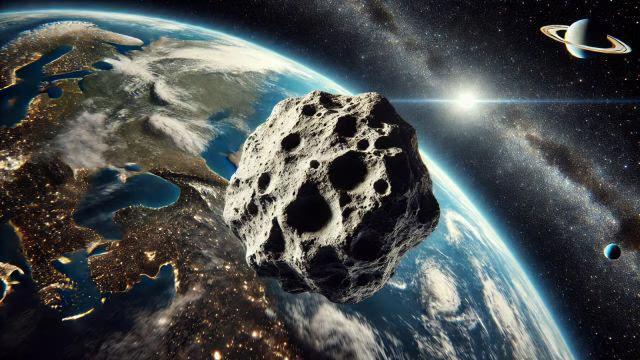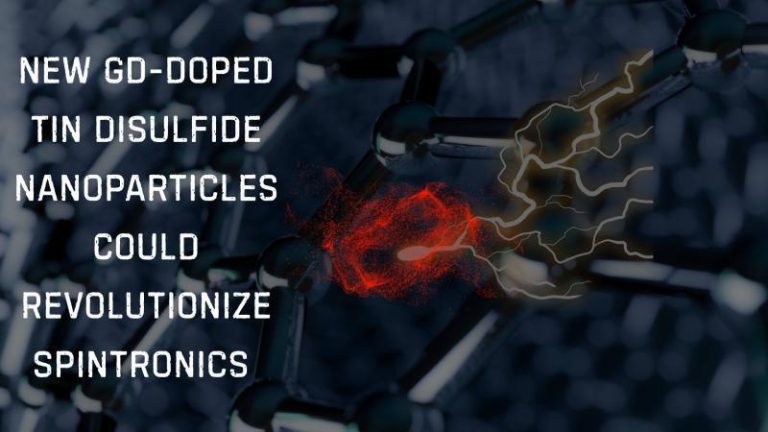
Chances of Asteroid YR4 Hitting Earth in 2032 Increase to 1 in 43
Asteroids have long been a topic of fascination and concern for scientists and the general public alike. With their unpredictable movements and potential for impact, it’s no wonder that the discovery of a potentially hazardous asteroid can send shockwaves around the world. Such is the case with asteroid 2024 YR4, which was discovered in December last year. Initially, the odds of the asteroid impacting Earth in 2032 were deemed to be relatively low, with a probability of 1 in 83. However, recent updates suggest that the chances of a collision have significantly increased, with the odds now standing at 1 in 43.
According to reports, the asteroid’s closest approach to Earth is predicted for December 22, 2032. While the exact trajectory of the asteroid is still uncertain, scientists are working tirelessly to refine their predictions and determine the likelihood of a collision. The increased chances of impact have raised concerns about the potential consequences of a collision, which could be catastrophic if the asteroid were to strike the Earth.
But before we start panicking, it’s essential to put things into perspective. While the odds of a collision may seem daunting, they still remain relatively low. Additionally, scientists have been tracking asteroids for decades, and numerous strategies have been developed to deflect or destroy potentially hazardous asteroids.
So, what’s behind the increase in the chances of asteroid YR4 hitting Earth? According to experts, the revised trajectory of the asteroid is the main reason for the change. As more data becomes available, scientists are able to refine their predictions, which in turn have allowed them to narrow down the possible paths of the asteroid.
“We have been monitoring the asteroid’s orbit for some time now, and our latest predictions suggest that there is a higher chance of it impacting Earth in 2032,” said Dr. [Name], a leading asteroid expert from the Indian Institute of Astrophysics. “While the chances are still relatively low, we are taking this development very seriously and are working closely with international partners to monitor the asteroid’s trajectory and develop strategies for potential deflection or destruction.”
But what would happen if asteroid YR4 were to hit the Earth? The consequences would be catastrophic, to say the least. A collision of this magnitude could cause widespread destruction, triggering massive earthquakes, tsunamis, and even global climate changes. The impact would also release an enormous amount of energy, potentially causing widespread fires, destruction of infrastructure, and loss of life.
Given the gravity of the situation, it’s essential that we take this development seriously and continue to monitor the asteroid’s trajectory closely. Scientists are already working on developing strategies for deflecting or destroying the asteroid, should it be deemed necessary.
One such strategy involves using gravity tractors, which are essentially spacecraft that use the asteroid’s gravity to slowly and steadily pull it off course. Another approach involves using kinetic impactors, which are spacecraft that collide with the asteroid, altering its trajectory and sending it harmlessly into space.
While these strategies may seem like science fiction, they are very real and have been successfully tested in simulations. In fact, NASA’s Double Asteroid Redirection Test (DART) mission, which launched in November 2021, successfully demonstrated the ability to deflect an asteroid using a kinetic impactor.
In conclusion, while the chances of asteroid YR4 hitting Earth in 2032 have increased, it’s essential to remember that the odds are still relatively low. Scientists are working tirelessly to monitor the asteroid’s trajectory and develop strategies for deflection or destruction, should it be deemed necessary.
As we continue to monitor the situation, it’s essential that we remain vigilant and prepared for any eventuality. By working together and sharing our knowledge and expertise, we can ensure that we are better equipped to handle the challenges posed by potentially hazardous asteroids like YR4.
Source:






